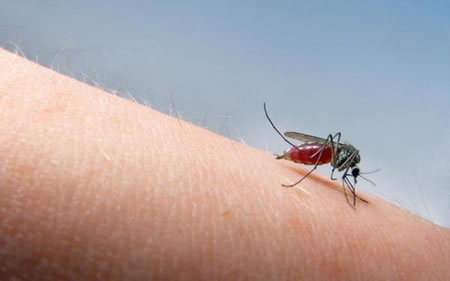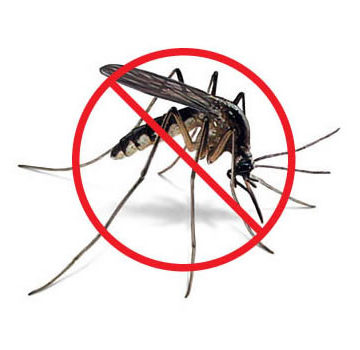On the side of governments, the cost includes maintenance, supply and staffing of health facilities, purchase of drugs and supplies, public health interventions against malaria such as insecticide spraying or distribution of insecticide-treated bed nets; lost days of work with resulting loss of income; and lost opportunities for joint economic ventures and tourism. For instance, the direct costs, namely illness, treatment and premature death, are estimated to be at least $12 billion per year.
The critical challenge malaria poses to the world has led to the evolution of several strategies and efforts to address it. These efforts include the Roll Back Malaria, inclusion of global malaria targets as part of Millennium Development Goal. Most recently is the Sustainable Development Goals (SDGs) which aim at ending the malaria epidemic by 2030. Goal 3 of the SDG strives to “ensure healthy lives and promote well-being for all at all ages.”
Also, outside the United State, other donor governments, multilateral institutions and affected countries have helped to increase access to malaria prevention and treatment and reduce cases and deaths.
The Global Technical Strategy for Malaria (2016-2030) was designed to reducing malaria incidence and mortality rates by at least 90 per cent by 2030; eliminating the disease in at least 35 new countries, and preventing the disease’s re-establishment in countries that are malaria free.
But despite these efforts, there are growing debates on the possibility of finally eradicating the disease. The US government, the largest donor to the world malaria efforts, increased its funding for bilateral malaria control efforts and research activities from $146 million in 2001 to was $861 million in 2016.
In the past, strategies and tools have been designed to control malaria. They include insecticide-treated bed nets (ITN), indoor residual spraying with insecticides; diagnosis and treatment with antimalarial drugs, particularly artemisinin-based combination therapies (ACTs); intermittent preventive treatment in pregnancy; intermittent preventive treatment in infants and seasonal malaria chemoprevention.
These strategies have, over time, proved ineffective as malaria continues to cause untold hardship in some countries of the world, especially the sub-Saharan world.
Okechukwu Ukegbu
keshiafrica@gmail.com







